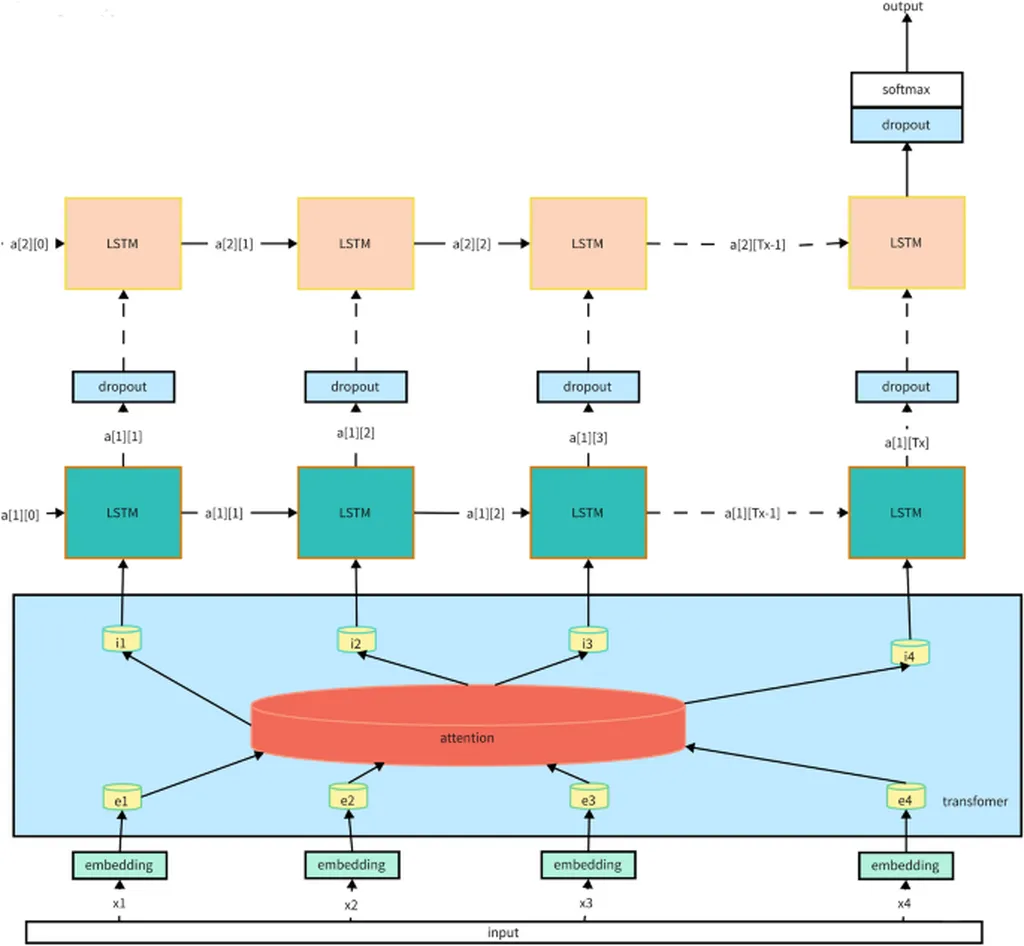In the rapidly evolving landscape of renewable energy, researchers are constantly seeking innovative ways to enhance the efficiency and reliability of wind power systems. A recent study published in the journal “IEEE Access” introduces a groundbreaking framework that could revolutionize the way we simulate, monitor, and control wind turbines. The research, led by Sebastian Lopez Florez from the BISITE Digital Innovation Hub at the University of Salamanca, Spain, combines physics-based modeling with advanced machine learning techniques to create a robust system for real-time wind power prediction and control.
The study presents a hybrid physics-LSTM (Long Short-Term Memory) framework designed for virtual microgrid simulations. This framework integrates a physics-based model of wind turbine dynamics with a data-driven architecture that includes an LSTM neural network. The physics-based model focuses on the mechanical and electromagnetic aspects of wind turbine operation, while the LSTM network enhances predictive capabilities by forecasting wind energy production.
One of the key innovations of this research is the use of the MQTT protocol for data acquisition and communication. This protocol ensures low-latency streaming and robust interoperability between the physical and virtual systems, enabling real-time synchronization. “The integration of the MQTT protocol allows for seamless communication between the physical turbine and the virtual model, which is crucial for accurate real-time monitoring and control,” explains Lopez Florez.
The framework also includes an intelligent battery management system that utilizes the output of the LSTM model to optimize charging strategies. This system can significantly improve the efficiency of energy storage and distribution within microgrids, making it a valuable tool for energy providers and grid operators.
The commercial implications of this research are substantial. By enabling more accurate predictions and real-time control of wind power systems, the framework can help energy companies optimize their operations, reduce costs, and improve the reliability of renewable energy sources. This is particularly important as the world transitions towards cleaner energy solutions and strives to meet ambitious climate goals.
Moreover, the use of game engines for simulation purposes opens up new possibilities for virtual prototyping and testing. “Our approach allows for the evaluation of hypothetical and adverse scenarios through high-fidelity simulation, which can greatly enhance the development and deployment of wind energy systems,” says Lopez Florez.
The research published in “IEEE Access” (which translates to “IEEE Open Access”) represents a significant step forward in the field of wind power simulation and control. As the energy sector continues to evolve, such innovative frameworks will play a crucial role in shaping the future of renewable energy. By combining physics-based models with advanced machine learning techniques, researchers like Lopez Florez are paving the way for more efficient, reliable, and sustainable energy systems.

